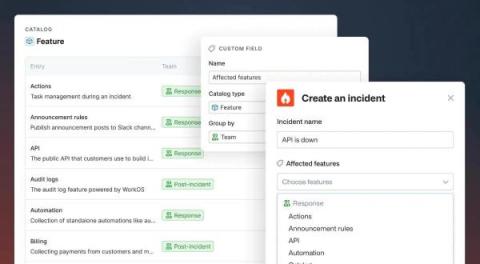The Art of Alert Management
With the ever-growing landscape of digital technology and the internet of things (IoT), businesses are becoming increasingly reliant on complex systems to monitor and manage their operations. This dependency has resulted in an explosion of alerts and notifications, overwhelming IT teams and affecting overall productivity. It’s never been more critical to have an effective alert management strategy in place to ensure the smooth running of your organization.











